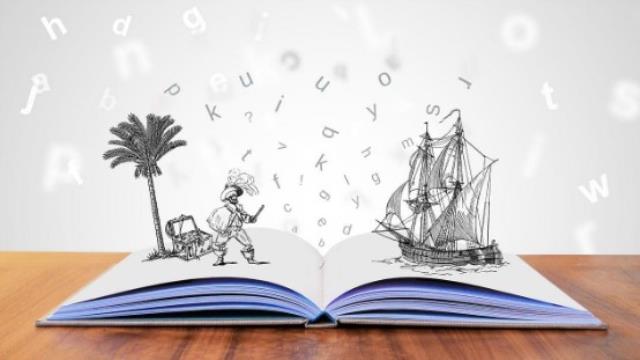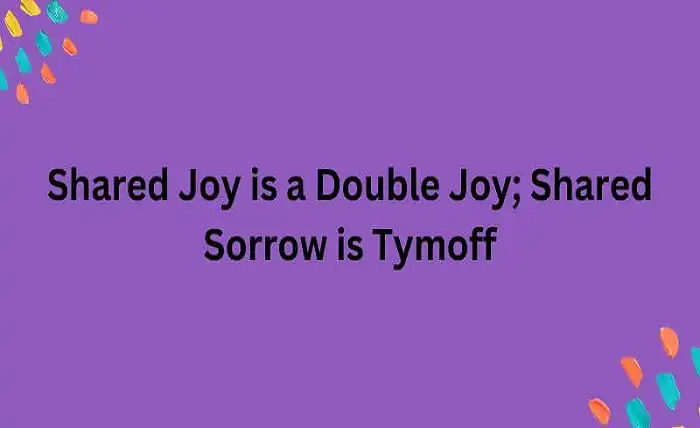Mistakes to Avoid when Writing a Children’s Book – A Brief Guide
For your first draft, you are going to make a few mistakes, which is normal for aspiring writers. Just like anything else with writing, perfection comes with practice. So, there are some big mistakes that you should avoid at all costs.
Read on to learn more about a few big mistakes that you should avoid when writing a children’s book.
Show – Not Tell
You need action in your children’s book. This aspect includes that your story should be showing what is happening instead of telling the reader what is happening. As a general rule, you should use way more verbs than adverbs.
For instance, instead of saying, “Tim doesn’t like carrots,” you can say, “Tim’s nose scrunched up as mom put his plate on the table.” This example indicates how you can show that Tim doesn’t like carrots because of his facial expressions.
Rules like these are important when following the rule of show and not tell. Now, if you believe you have an amazing story that you would like to share with your younger audience but don’t feel confident about your writing skills, you can hire one of the best children’s book ghostwriters to get your story in front of your audience.
The best part about ghostwriters is that you get to keep your royalties.
Use Age-Appropriate Vocabulary
Many newbie writers make the mistake of using vocabulary that is more suited for term papers but not the younger minds of children. It is okay to use big words in your story as you might want to use words that challenge kids so that they have to think about what the word means by using the words around it.
If they do not get the context, they might have to look it up, which is equally great because it helps the kid learn.
But here is the thing: you don’t want too many of those words because, this way, your readers will lose their interest. You have to find a fine balance of making sure that you have some more difficult words, a higher vocabulary, some middle-ground vocabulary, and easy words. This way, kids will have a nice flow when reading your story.
Not Having Page Turners
Another mistake that you might be making when working on your children’s book is the mistake of not having page-turners. Now, if you haven’t heard about page-turners before – you might be wondering what a page-turner is.
As a writer of children’s books, you should know how to have page-turners in your story. A page-turner adds intrigue and makes the readers want to turn the page. When writing a children’s book, you can even add page-turners in your illustration.
A page-turner is a transition – just like you would have in a movie or just like you would have at the end of an episode of a show that you have been binge-watching and staying up all night. You get to the end of an episode, and you cannot stop yourself but click on the next episode to find out.
It is what is in the book that makes you want to turn the page.
Keep A Simple Narrative
Usually, when aspiring authors first start out writing, they feel the need to impress people. The mistake that newbie writers make is that they try to be eloquent and detailed with their tons of descriptions. They want to demonstrate that they are amazing at writing to the point that they might describe a tree in perfect detail down to the finest cracks in the bark.
Now, if you are writing a children’s book, you shouldn’t make this mistake – because – remember that you are writing a children’s book. You don’t need an entire paragraph explaining how the main character is tying their shoes or blowing their nose.
Keep the Description Simple and Precise
The simple rule to follow here is to keep things simple and precise. When you are writing a children’s book, you don’t need to describe the settings or write a detailed paragraph about the weather. You don’t even need to describe a character in detail.
You can do all these things in the illustration. As a writer of a children’s book, it is your job to keep it focused on the story. You only have a limited amount of words, which is why you have to ensure that every word counts.
Don’t Forget the Illustrator
If this is your first attempt at writing a children’s book, there is a great chance that you might be making the mistake of forgetting the illustrator. Yes – you read this right. Most authors forget that it is the illustrator’s job to visually tell the story.
As an author of a children’s book, you need to keep in mind the illustrator. Sometimes, it is okay to storyboard your book and put it into scenes while thinking how to give your book a visual aspect. You should consider the different ways you can make your story visual.
A children’s book is essentially a picture book, and a picture book is visual. So, when you are writing your book, make sure that you don’t include things that can be told by the illustrator. It is all about keeping it simple.
But – if you are making the mistake that loads of newbie writers do, which is to describe the character’s blue eyes or the nail polish – you aren’t helping the illustrator. You should remember that the illustrator has a job to do, so you want to leave something for them, too.
So, when writing a children’s book, you must remember to include your illustrator too. It would also help to include illustration marks too, so you can show that you know that your illustration is coming in too.
The Takeaway
Writing a children’s book is no easier than writing a novel, as it requires a set of rules that you must follow to make it worth reading. Most of the time, writers struggle with fitting their story inside 500 words, so writing a children’s book might be tougher than writing a novel.
However, now that you know what to avoid when writing a children’s story – you are not all set to write a book that will please the younger minds and their parents.







